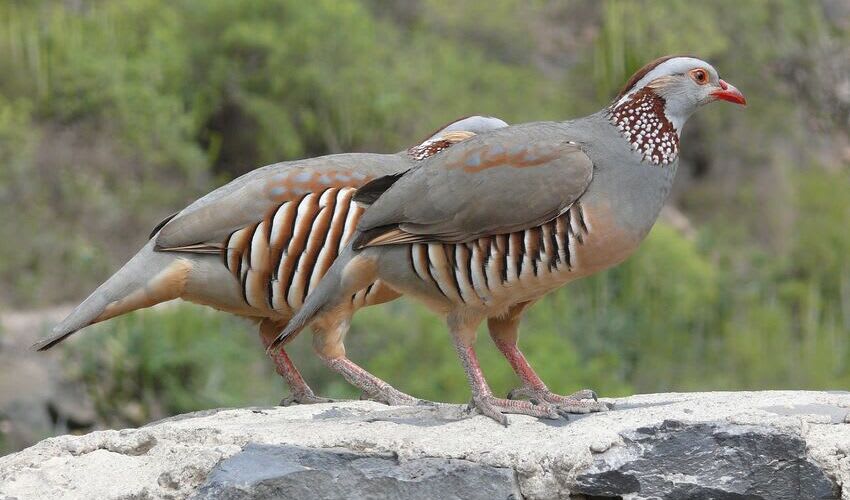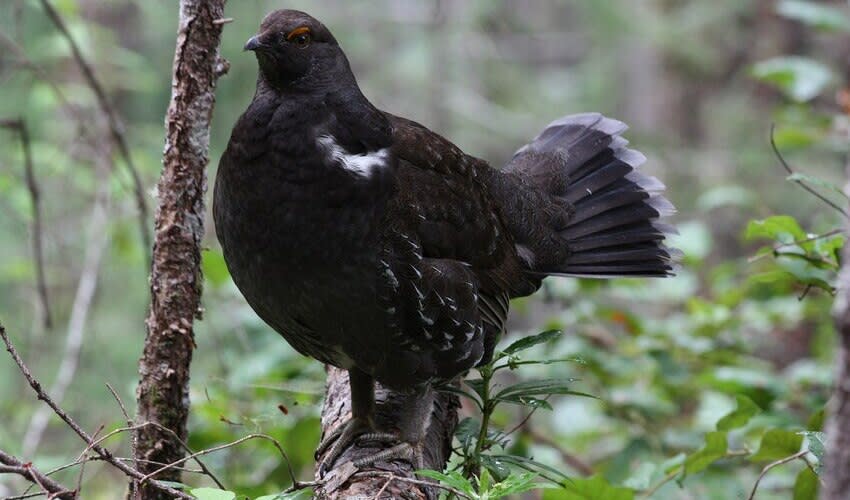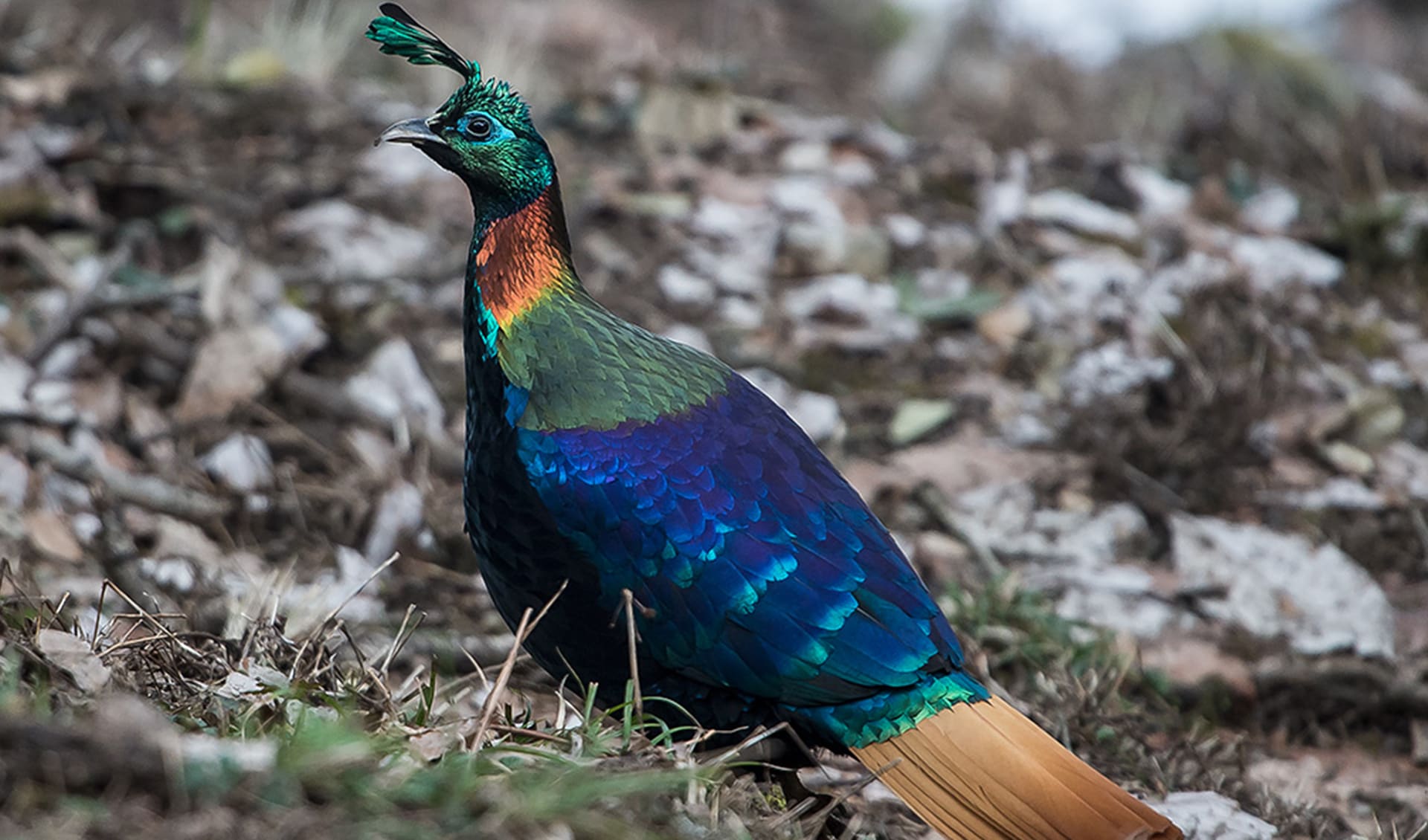Phasianidae – Pheasants & grouse
A large family that includes popular gamebirds, habituating a wide variety of native ranges and are generally sedentary
This family is known for its ground-dwelling habits and is native to regions across Asia, Europe, Africa, and the Americas, with many species having been introduced elsewhere.
Size and appearance within the Phasianidae family vary widely. Like the king quail, the smallest members measure a mere 12.5 centimeters (5 inches), while the Green peafowl, with its majestic train, can reach lengths up to 3 meters (10 feet). Weights span from as light as 500 grams in smaller species to up to 9.5 kilograms in larger birds like domestic turkeys and wild pheasants.
These birds are characterized by their strong, stocky build and relatively short wings, which are adapted for quick bursts of flight rather than long distances. Their legs are powerful, designed for running and scratching at the ground to uncover food. The diet of Phasianidae is omnivorous, including seeds, berries, leaves, insects, and small animals, depending on the species and available resources. This varied diet allows them to adapt to different environments and plays a role in seed dispersal and pest control.
Reproduction in Phasianidae involves the laying of a large clutch of eggs, typically in a simple ground nest. The female usually undertakes the incubation duties, although in some species, like the partridges, the male helps as well. The chicks of Phasianidae are precocial, meaning they are well-developed at hatching, with feathers and the ability to walk and feed themselves almost immediately.
Many species within the Phasianidae family have been introduced around the world for hunting and domestication purposes. Birds like the common pheasant and various quail species are prized as game birds, and their introduction into new habitats has often been for sport hunting.
In the wild, the lifespan of these birds can reach up to 8 years, with mortality often due to predation or hunting. In captivity, where they are protected from these threats, they can live considerably longer, sometimes reaching up to 30 years.
Genera in this family
Males and females have dramatically different appearances
Popular gamebirds with round bodies and small heads have exceptionally sharp wings to aid during long flights
Large pheasants with prominent long tails usually live in evergreen forests in China, Japan, and Taiwan
Genus of the national bird of Sri Lanka, Sri Lankan junglefowl, inhabiting South and Southeast Asia
A small genus of birds with feathered feet and toes to combat living in extremely low-temperature
Genus of the smallest true quail having ground-dwelling, migratory birds widely distributed
Commonly known as blue grouse, are members of this genus inhabiting conifers and mixed forests
Turkeys are one of the most widely distributed gamebirds indigenous to the US, with long necks and large fan-shaped tail
Known for their beak-digging dance moves while foraging
These birds are highly popular game birds
The genus of Indian national bird, as well as the largest and heaviest birds of their family, native to Southeast Asia
Bringing a burst of vibrant hues to the forests













